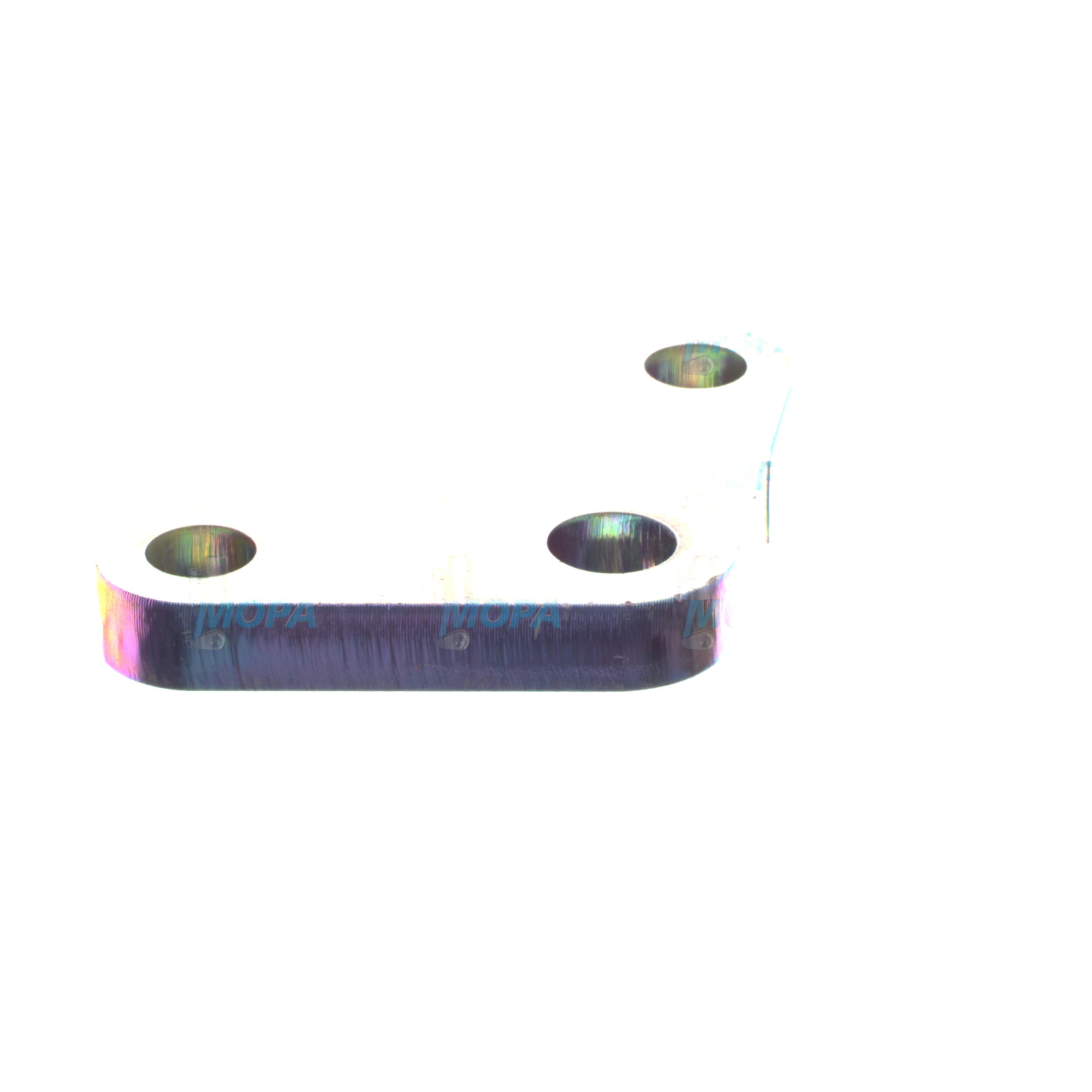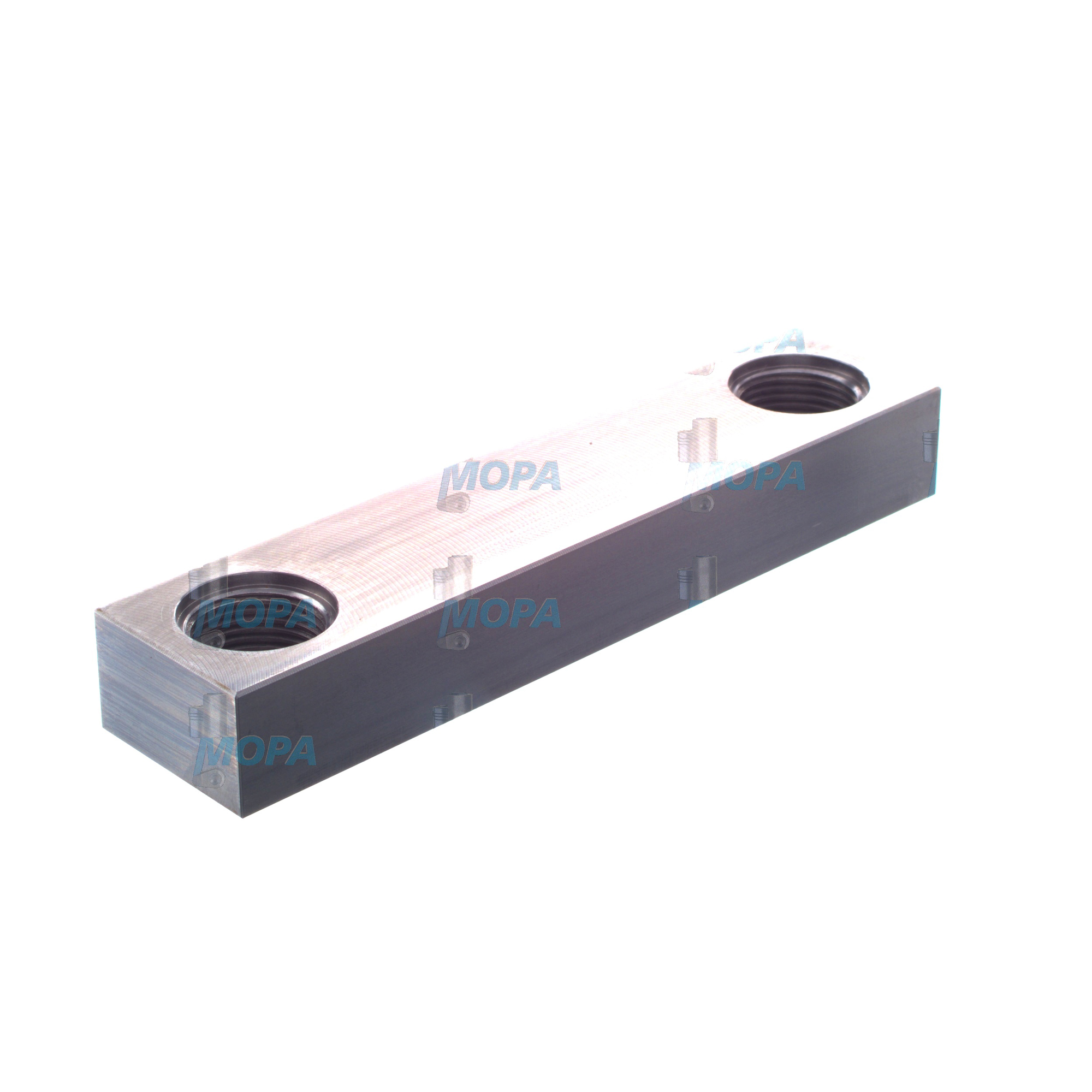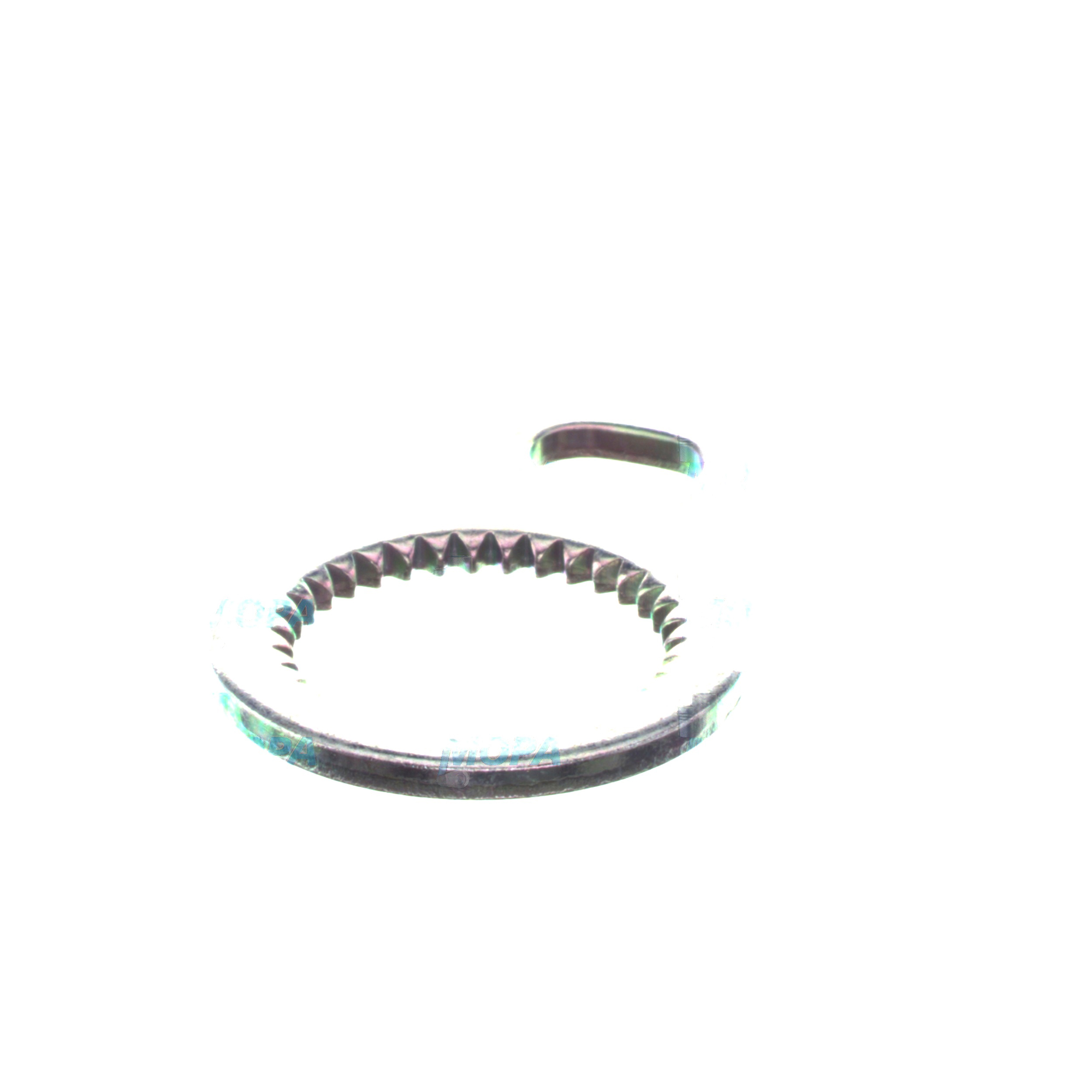STRAP Holders, Plates and Flanges for Marine, Diesel and Gas Engines
Holders, plates and flanges are structural and connection-critical components that secure, align and seal systems around the engine. From mounting alternators and pumps to joining cooling-water, fuel and charge-air lines, they create the rigid framework that keeps a power unit safe, efficient and serviceable. In marine and power generation applications, these parts absorb vibrations, maintain alignment under load, and preserve tight sealing at high temperature and pressure. Whether you’re refitting a propulsion train or overhauling an auxiliary genset, the right selection of holders, plates and flanges directly influences uptime and lifecycle costs.
In practical terms, holders and plates function as engineered brackets, base plates, adapter plates and shims that bring components into precise position relative to the crankshaft centerline and foundation. Flanges provide standardized connections between pipes, manifolds and equipment, delivering a repeatable, torqueable seal. Together, they are the backbone of reliable installations in engine rooms where space is limited and conditions are harsh.
Technical function in STRAP diesel engine and STRAP marine engine assemblies
In a STRAP diesel engine context, holders and plates are specified to transmit static and dynamic loads into the engine block, skid or vessel structure without distortion. Stiffness, hole geometry, and surface flatness ensure that auxiliaries—such as fuel pumps, lubricating oil coolers, charge-air coolers, alternators and filters—stay within alignment tolerances. Plates often incorporate dowel locations, machined register fits and shim packs to achieve micrometer-level alignment of couplings and shafts, reducing runout and bearing loads.
Flanges in STRAP marine engine systems connect pipelines for seawater, freshwater, fuel oil, lube oil and exhaust gas. Their faces are machined to suitable finishes (typical Ra 3.2–6.3 μm) for gasket compatibility, and bolt patterns follow standards (e.g., EN 1092-1 PN classes or ASME B16.5 pressure classes) to achieve uniform gasket compression. Correct bolt preload—applied via cross-pattern torquing—keeps joint integrity stable through thermal cycling and vibration.
Material selection is fundamental. Carbon steels (e.g., C45) deliver high strength for holders and base plates; stainless steels (AISI 316/316L) or duplex grades mitigate corrosion in salt-laden atmospheres; and protective finishes—zinc-nickel, hot-dip galvanizing, phosphate coatings—extend service life. For flanges, gasket types (spiral wound, kammprofile, elastomeric) are matched to media, temperature and pressure. STRAP OEM parts are dimensionally consistent, enabling repeatable torque values and safe reassembly after service interventions.
In addition, clamp-style holders and banded supports—often referred to as a STRAP marine engine approach to pipe restraint—control vibration amplitudes, prevent fretting at supports, and maintain clearances to hot surfaces. This reduces the risk of fatigue cracks in pipework and preserves sensor and cable routing integrity.
Key characteristics and advantages of holders, plates and flanges
· Rigid load transfer that stabilizes auxiliaries and piping.
· Precision-machined faces and hole patterns for exact fit.
· Corrosion-resistant materials and coatings for marine durability.
· Controlled sealing surfaces for consistent gasket performance.
· Vibration control through robust brackets and strap supports.
· Alignment features (dowels, shims) that protect bearings and couplings.
· Traceability and documentation that support maintenance planning.
Flange sealing and STRAP OEM parts compatibility
Correct pairing of flange facing, gasket profile and bolt grade is essential to avoid leakage. Surface flatness, concentricity and parallelism keep gasket stresses uniform, while metallurgy compatibility prevents galvanic issues—particularly in seawater circuits. With STRAP OEM parts, procurement teams can rely on matched materials and machining tolerances that align with engine-builder drawings and torque charts.
Importance for reliable engine operation
Holders, plates and flanges directly impact engine reliability and safety. Misaligned brackets or base plates translate into shaft misalignment, which accelerates bearing wear, coupling failures and seal damage. Underspecified or corroded flanges can lead to gasket creep, media leakage, overheating or even uncontrolled release of fuel or exhaust gases. Loose or cracked holders introduce vibration, elevating noise levels and fatigue on attached components and wiring harnesses.
When these components degrade, crews face unplanned stoppages, higher fuel consumption due to parasitic losses, and repeated rework after each maintenance window. By maintaining specification-correct holders, plates and flanges, operators preserve steady-state alignment, stable sealing, and predictable overhaul intervals—key to meeting charter commitments and compliance with class requirements.
Advantages of OEM spare parts suitable for holders, plates and flanges
Choosing OEM spare parts suitable for this category ensures the dimensional fidelity, surface finish and metallurgy that the engine design assumed. This protects performance and simplifies installation, reducing time-on-task and the risk of rework. Procurement teams benefit from consistent documentation, material certificates and tested compatibility with mating components such as gaskets, bolts and shims.
From a budget perspective, using specification-matched parts reduces lifecycle costs by minimizing premature wear on bearings, couplings and seals, and by keeping piping systems leak-free. For safety, OEM spare parts maintain the engineered safety margins for stress, vibration and temperature—especially important in high-load duty profiles common to marine propulsion and power generation.
For search relevance and clarity: STRAP diesel engine holders and plates, STRAP marine engine flanges and mounts, and STRAP OEM parts for pipe supports and auxiliary brackets all contribute to consistent performance under demanding operating conditions.
MOPA: your partner for STRAP OEM parts in diesel and gas engines
MOPA is an experienced, reliable partner for OEM spare parts in holders, plates and flanges. We focus on speed—rapid sourcing and delivery to minimize downtime—paired with quality in documentation, material traceability and machining accuracy. Our trading processes emphasize security, ensuring correct specification matching for diesel and gas engines across leading platforms. Whether you require flange sets, precision plates or heavy-duty holders for a refit or scheduled overhaul, MOPA streamlines procurement with responsive support and technically sound recommendations.
Conclusion: Holders, plates and flanges with a STRAP focus
Holders, plates and flanges form the structural and sealing backbone of engine installations, safeguarding alignment, reducing vibration and preserving leak-tight joints. Selecting OEM spare parts suitable for this category—covering STRAP marine engine and STRAP diesel engine use cases—supports performance, reliability and cost control throughout the asset’s life.
Partnering with MOPA for STRAP OEM parts ensures fast, secure access to specification-correct components that keep your engines running efficiently and safely.







